Thankfully, Julia Burbach’s version of The Flying Dutchman for Opera Holland Park doesn’t try to be one of those concept-laden productions that banishes all sight of the sea.
Because last night the ocean – or rather its typical weather – came to us. A stiff south-westerly punched for hours across the awnings of the semi-open theatre’s canopy. Gale-force (well, almost) sound-effects partnered the City of London Sinfonia as its muscular brass summoned the sonic storm that opens Wagner’s breakthrough opera, and never quite let up.
That said, Naomi Dawson’s set avoids any barnacled naturalism. Ropes, ladders and trapdoors hint at shipboard scenes rather than mimic them, while Robert Price’s effective mood-creating lighting does the most to plant us firmly on the shore. Senta’s bare room, where she dreams of a pure love that will redeem the accursed Dutchman from his eternal lonely voyages, takes the form of a steeply tilted gantry at the stage’s rear.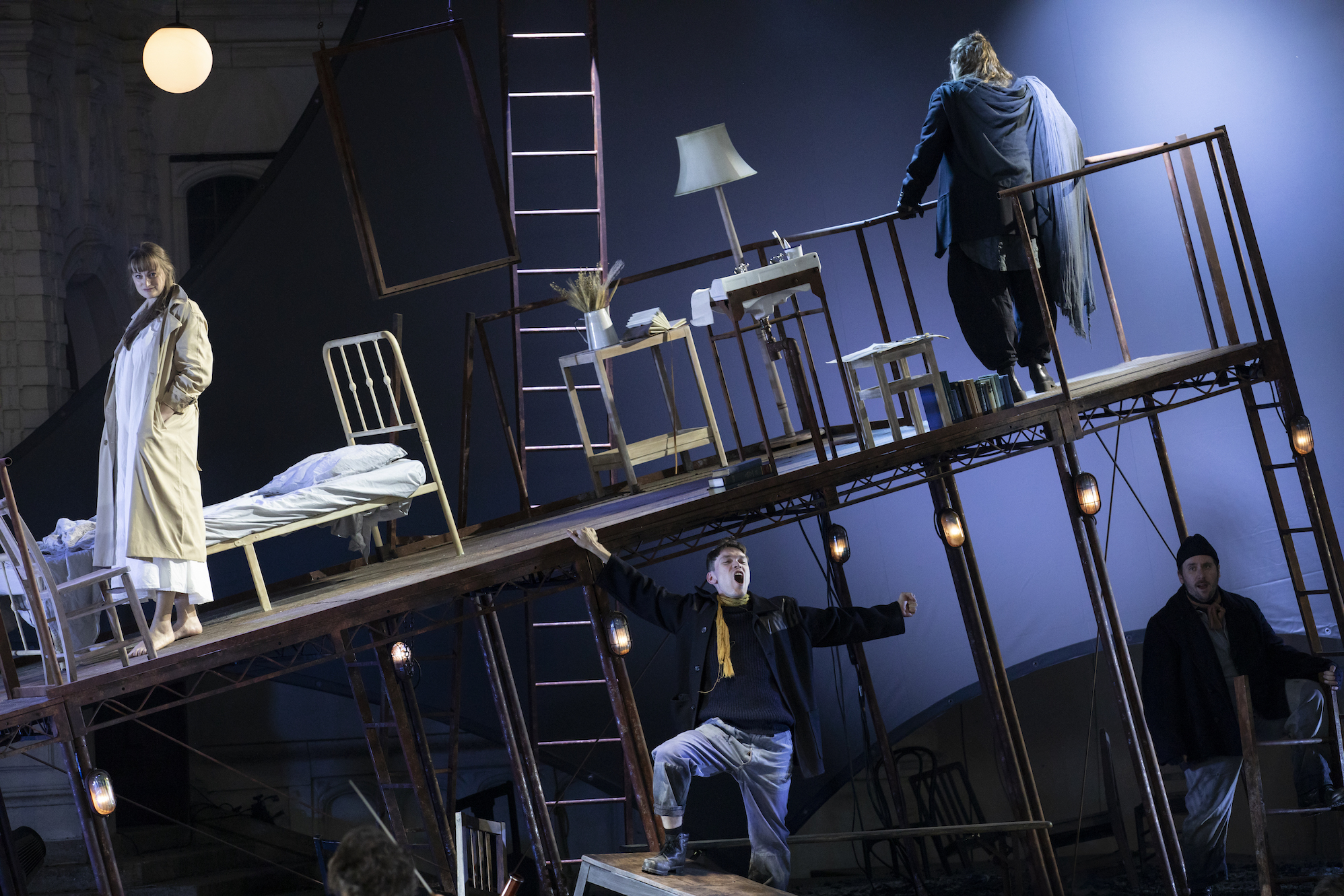 The device twists us, literally, out of the plane of everyday reality. It also transforms her austere home into a crazily angled ship’s deck in a storm. From its jutting corner prow she and the Dutchman can share their burgeoning passion as waves smash and winds howl (pictured above, Eleanor Dennis and Paul Carey Jones) – almost like Kate Winslet and Leonardo DiCaprio in Titanic.
The device twists us, literally, out of the plane of everyday reality. It also transforms her austere home into a crazily angled ship’s deck in a storm. From its jutting corner prow she and the Dutchman can share their burgeoning passion as waves smash and winds howl (pictured above, Eleanor Dennis and Paul Carey Jones) – almost like Kate Winslet and Leonardo DiCaprio in Titanic.
However, Burbach’s Dutchman – remarkably, OHP’s maiden voyage with Wagner – hits no icebergs and certainly doesn’t sink without trace. Holland Park favourite Paul Carey Jones (pictured below) anchors a sturdy cast rich in robust lyricism and communicative power. The supernatural dimension gets its proper due: indeed, the ghostly maidens of the chorus arguably floated around too busily as the CLS whipped up their tempest in the overture. 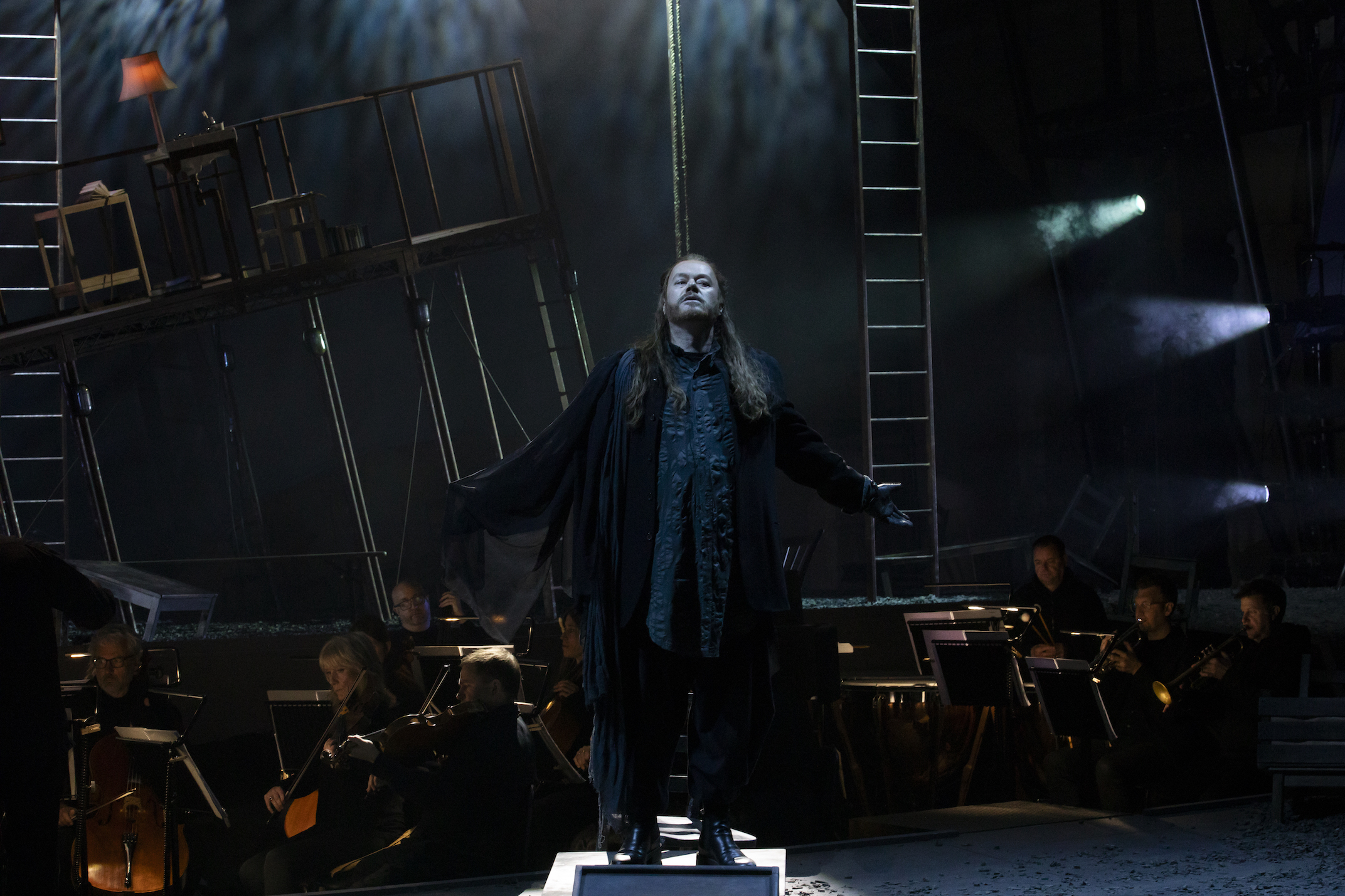 And Burbach’s insistence on a sort of Gothic interiority – with the spectral captain as an embodiment of Senta’s dammed desires – did little to hamper the fleshly reality of their relationship. The idea of an occult whirlwind of passion blowing into the stuffy chambers of confined and controlled young women reminds you that Wagner’s work predates Wuthering Heights and Jane Eyre by a mere few years. The Brontës might have relished a ride on this storm.
And Burbach’s insistence on a sort of Gothic interiority – with the spectral captain as an embodiment of Senta’s dammed desires – did little to hamper the fleshly reality of their relationship. The idea of an occult whirlwind of passion blowing into the stuffy chambers of confined and controlled young women reminds you that Wagner’s work predates Wuthering Heights and Jane Eyre by a mere few years. The Brontës might have relished a ride on this storm.
From first to last, Burbach and choreographer Cameron McMillan filled the wide sweep of the OHP stage with restless, fluid but never inchoate movement. A big chorus (30 on stage, another dozen out of sight) countered Senta’s inner-focused psychodrama with a sense of bustle, toil and sudden plunges into urgent physical tasks. Thick ropes snaked up and down the aisles, and the keynote choruses – “Steuermann! Lass die Wacht” or the potentially twee spinners’ song, “Summ und Brumm” – felt full of purpose and movement as well as musical punch. Sailors and spinners – actual or white-robed phantoms – ran and shouted through the auditorium.
As a whole, this maritime community looked and sounded more active than (say) the neater formal patterns of Tim Albery’s production, revived last year at Covent Garden. When the feasting villagers challenged the Dutchman’s dark ghost ship, their bacchanal acquired a near-demonic frenzy. Susie Juhlin-Wallén’s motley costumes added an almost Peter Grimes-element of coastal grunge. And conductor Peter Selwyn fashioned an intensely flavoured Wagnerian brew – with sinister brass and gurgling woods – from a CLS crew of modest numbers but emphatic accents.
Carey Jones sings with a smouldering strength and glossy liquidity that makes his performance emotionally labile even when his actual movements – telling the tale of his curse, or silently transfixed by Senta’s presence – are constrained. Although physically rather stiff, his Dutchman had character and charisma to spare, from the brooding bitterness of “Die Frist ist um” to the yearning hope for salvation in his duet with Senta, “Wie aus der Ferne längst”. 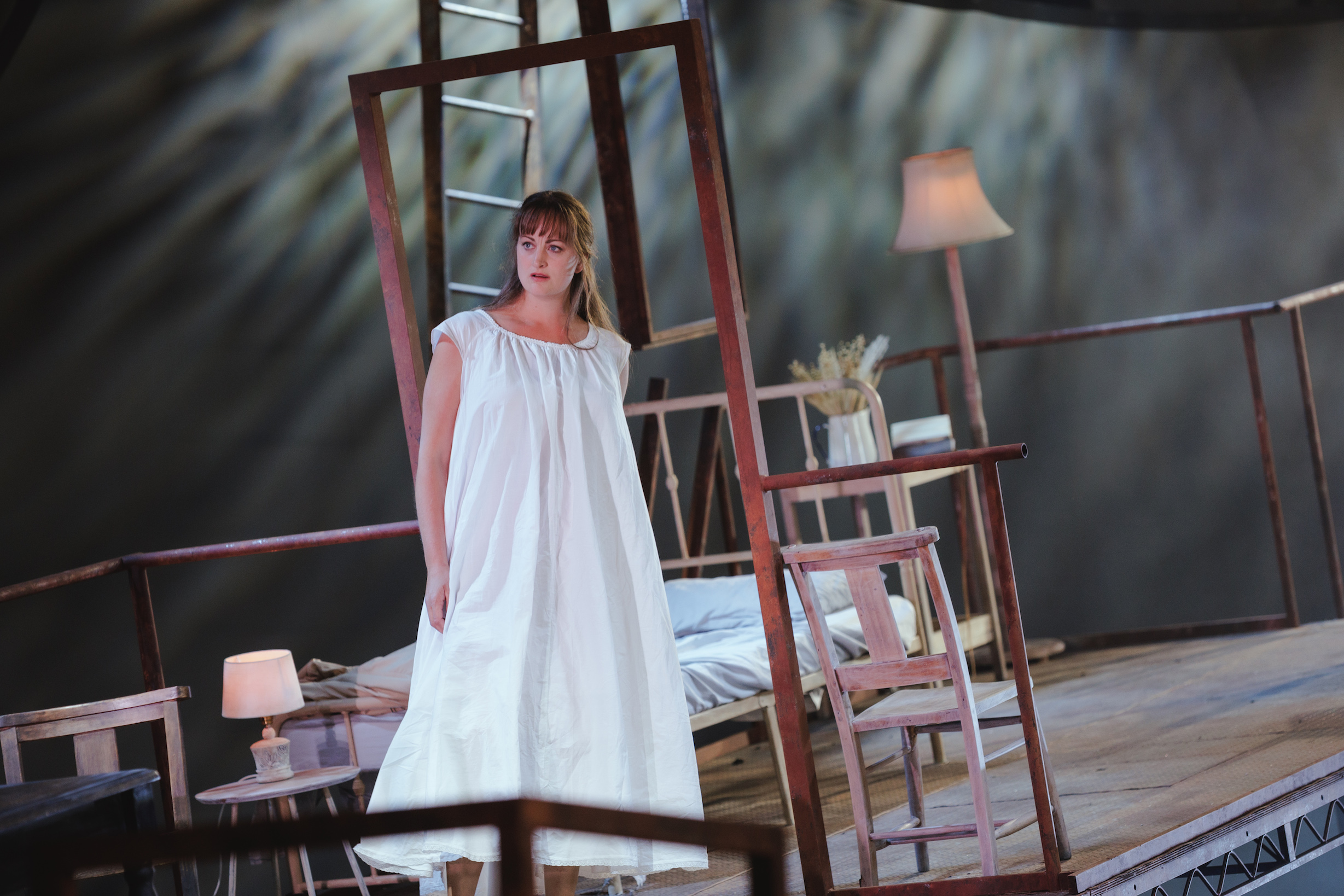 Eleanor Dennis’s Senta (pictured above by Pablo Strong) at first seemed hamstrung by the tilted home that hosted many of her key moments: as so often, a grand, and plausible, directorial notion doesn’t always serve the singers’ best interests. However, her solo ballad – “Traft ihr das Schiff” – allowed a more weighty but still polished soprano to bloom into full Romantic rapture. Especially at the front of the stage, her final scenes revealed an even more vivid, full-spectrum vocal palette.
Eleanor Dennis’s Senta (pictured above by Pablo Strong) at first seemed hamstrung by the tilted home that hosted many of her key moments: as so often, a grand, and plausible, directorial notion doesn’t always serve the singers’ best interests. However, her solo ballad – “Traft ihr das Schiff” – allowed a more weighty but still polished soprano to bloom into full Romantic rapture. Especially at the front of the stage, her final scenes revealed an even more vivid, full-spectrum vocal palette.
As her thwarted suitor Erik, Neal Cooper’s tenor blended coarse and thuggish manners with a satisfying strain of heartfelt refinement in his entreaties. That tension reveals the friction between Wagner’s musical and dramatic aims. This controlling oaf enjoys lovely bel canto showpieces. Cooper, the most dangerously compelling presence on stage, let them glow and seduce – enough to make the despairing Dutchman believe that Senta has forsaken him. The bass of Robert Winslade Anderson, meanwhile, brought a measure of sympathetic warmth to Senta’s mercenary and calculating father Daland. And Colin Judson’s Steersman flung an elegant gem of an aria into the gales.
We closed on a musical high but a dramatic anticlimax, with no splashy sacrificial gestures but a feeling of passion’s storm – in the mind and on the shore – blown out. Burbach’s fluent and credible Dutchman rests on something of a paradox: the directorial course she charts presents Senta as the trapped dreamer of an ideal, and fantastic, love, while the stage itself throngs and heaves dynamically with salty, and gritty, shipboard and seaside business. Like the Dutchman himself, the opera in this reading steers between vision and reality. In our windblown Kensington vessel we could hear, and feel, the lure of both dimensions.

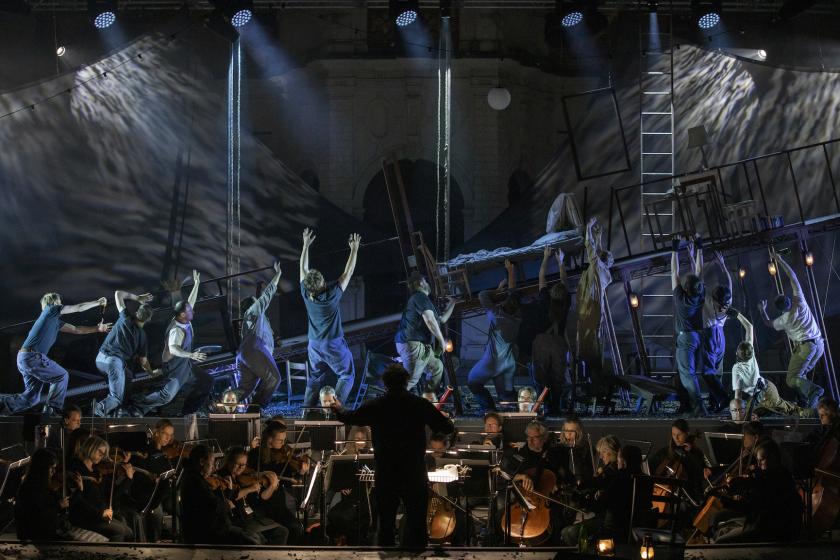



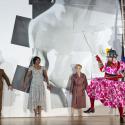
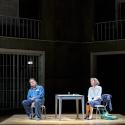


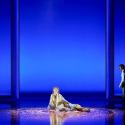


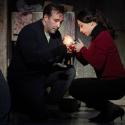

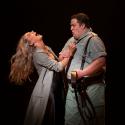
Add comment